On August 22 (US time), the United Nations Security Council met to discuss the situation in the Middle East, in the context of many new developments in the conflict in this region.
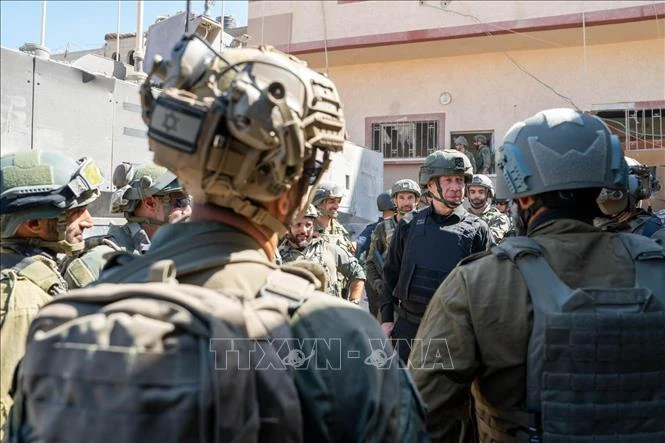
Shifting the focus of the battle
During an inspection visit to the Philadelphia corridor - an area running along the border between the Gaza Strip and Egypt on August 21, Israeli Defense Minister Yoav Gallant said that the Israeli army had won the campaign to attack Hamas in Rafah City (located in the southern Gaza Strip), the last stronghold of this force. The 162nd Division of the Israel Defense Forces (IDF) defeated Hamas' Rafah Division, destroying 150 tunnels.
The Philadelphia corridor and the Netzarim corridor (which cuts across the central Gaza Strip) are two key areas in the Gaza Strip that help Israel contain Hamas. “Now it’s time to turn north,” Gallant added, suggesting the IDF will shift its focus to the ongoing war with Hezbollah on Israel’s northern border with Lebanon.
Meanwhile, speaking during a visit to Ramat David air base in northern Israel, Israeli Prime Minister Benjamin Netanyahu said the country's military is ready to respond to any situation in defense and attack.
The Israeli Prime Minister's Office issued a statement denying that Netanyahu had agreed to withdraw troops from the Philadelphia Corridor, saying the information was "inaccurate" and that Israel had not agreed to relinquish control of the area. Earlier, on August 19, Israeli media reported that the country had accepted a US-backed ceasefire agreement in the Gaza Strip, which included Israel's withdrawal from the Philadelphia Corridor.
Hamas and Egypt, which played a key mediator role in the talks, are both said to oppose Israeli control of the Philadelphia corridor.
Last chance
In a phone call on August 21, US President Joe Biden urged Israeli Prime Minister Benjamin Netanyahu to quickly reach a ceasefire agreement in the Gaza Strip with Hamas. The call took place shortly after US Secretary of State Antony Blinken concluded his ninth trip to the Middle East in 10 months of conflict between Hamas and Israel. These continuous diplomatic activities aimed at reaching a ceasefire agreement to end the conflict have not yet achieved positive results.
In a statement on social media, Mr. Joe Biden said he had made clear to Israel that a ceasefire and hostage release were needed, as well as continuing negotiations in Cairo to remove remaining obstacles. Before leaving Qatar to end his Middle East trip on August 21, Secretary of State Blinken warned that the US proposal to Israel and Hamas could be the last chance to prevent the conflict from spreading.
UN Secretary-General Antonio Guterres and Egyptian Foreign Minister Badr Abdelatty also had a phone conversation, in which they called for an end to the conflict in the Gaza Strip, stressing the urgent need to ensure an immediate ceasefire in the Palestinian territories, as well as ensuring the delivery of humanitarian aid and facilitating the exchange of prisoners and hostages.
Meanwhile, the USS Abraham Lincoln aircraft carrier and its escorting destroyers have arrived in the Middle East after the US Defense Secretary ordered the strike group to accelerate its deployment to the region. The arrival of the USS Abraham Lincoln brings the total number of US aircraft carriers in the region to two at a time when concerns about regional conflict are rising.
MINH CHAU
Source: https://www.sggp.org.vn/my-dieu-them-tau-san-bay-den-trung-dong-post755303.html


![[Photo] Russian military power on display at parade celebrating 80 years of victory over fascism](https://vphoto.vietnam.vn/thumb/1200x675/vietnam/resource/IMAGE/2025/5/9/ce054c3a71b74b1da3be310973aebcfd)
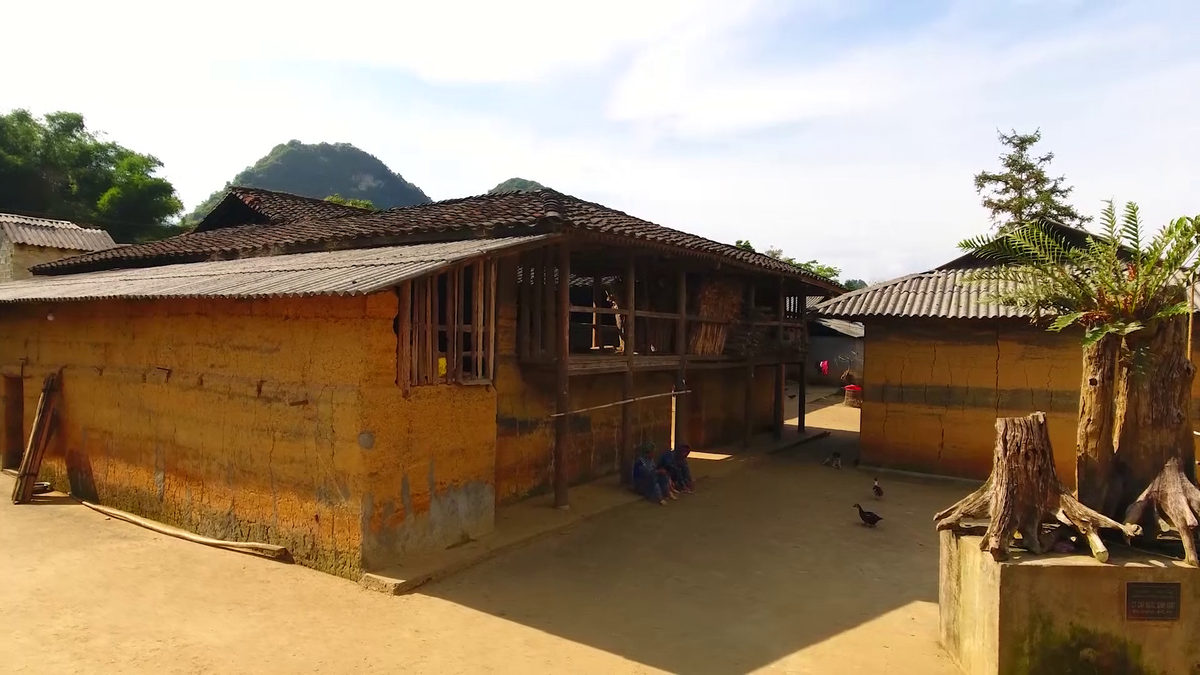
![[Photo] Magical moment of double five-colored clouds on Ba Den mountain on the day of the Buddha's relic procession](https://vphoto.vietnam.vn/thumb/1200x675/vietnam/resource/IMAGE/2025/5/9/7a710556965c413397f9e38ac9708d2f)
![[Photo] Prime Minister Pham Minh Chinh chairs a special Government meeting on the arrangement of administrative units at all levels.](https://vphoto.vietnam.vn/thumb/1200x675/vietnam/resource/IMAGE/2025/5/9/6a22e6a997424870abfb39817bb9bb6c)
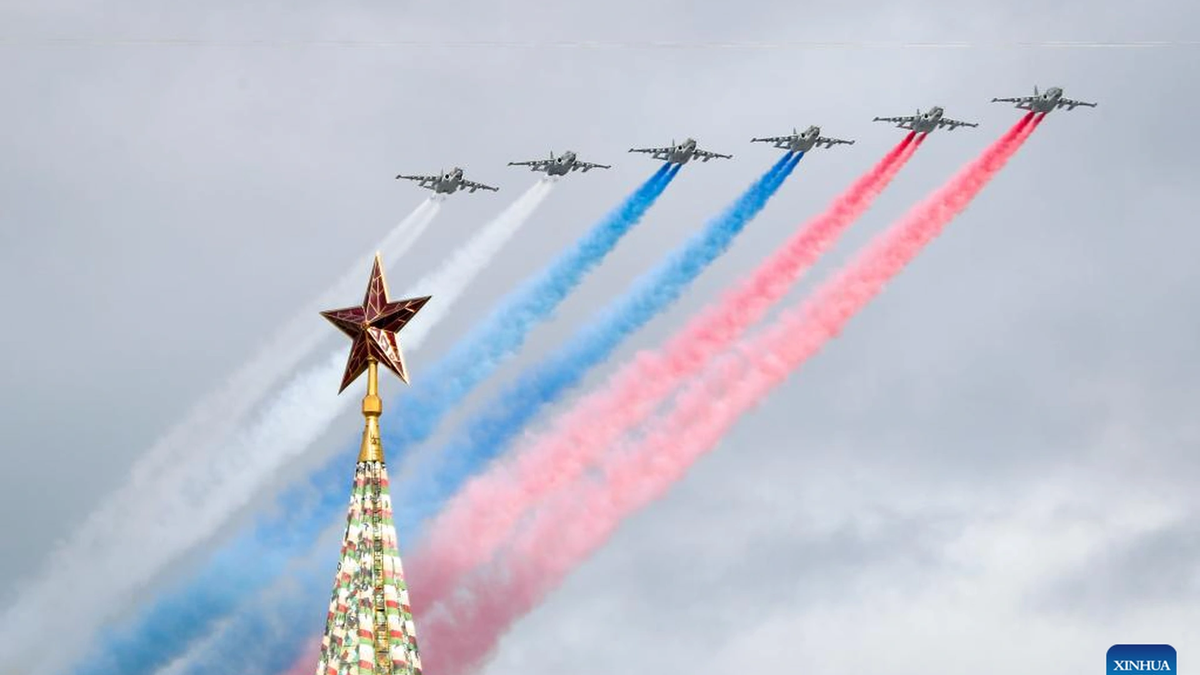
![[Photo] General Secretary To Lam and international leaders attend the parade celebrating the 80th anniversary of the victory over fascism in Russia](https://vphoto.vietnam.vn/thumb/1200x675/vietnam/resource/IMAGE/2025/5/9/4ec77ed7629a45c79d6e8aa952f20dd3)
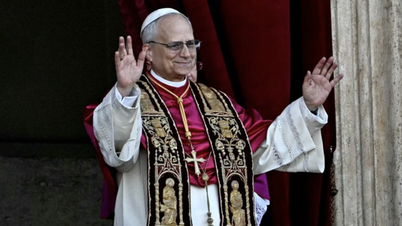

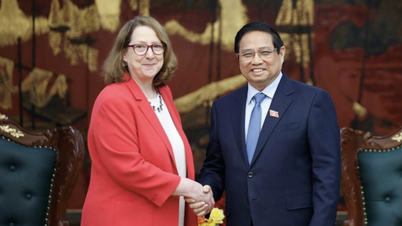




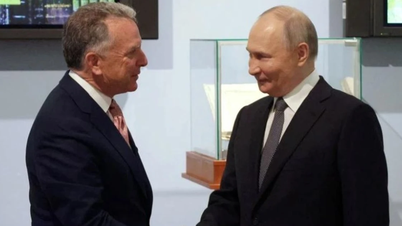


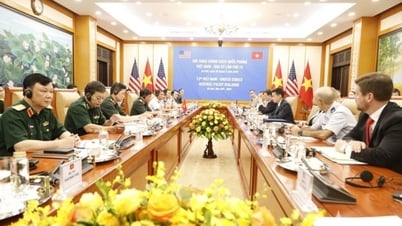












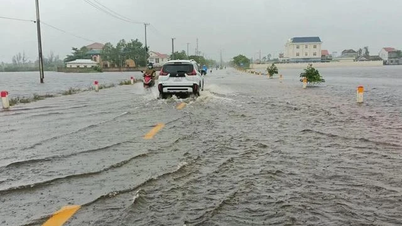


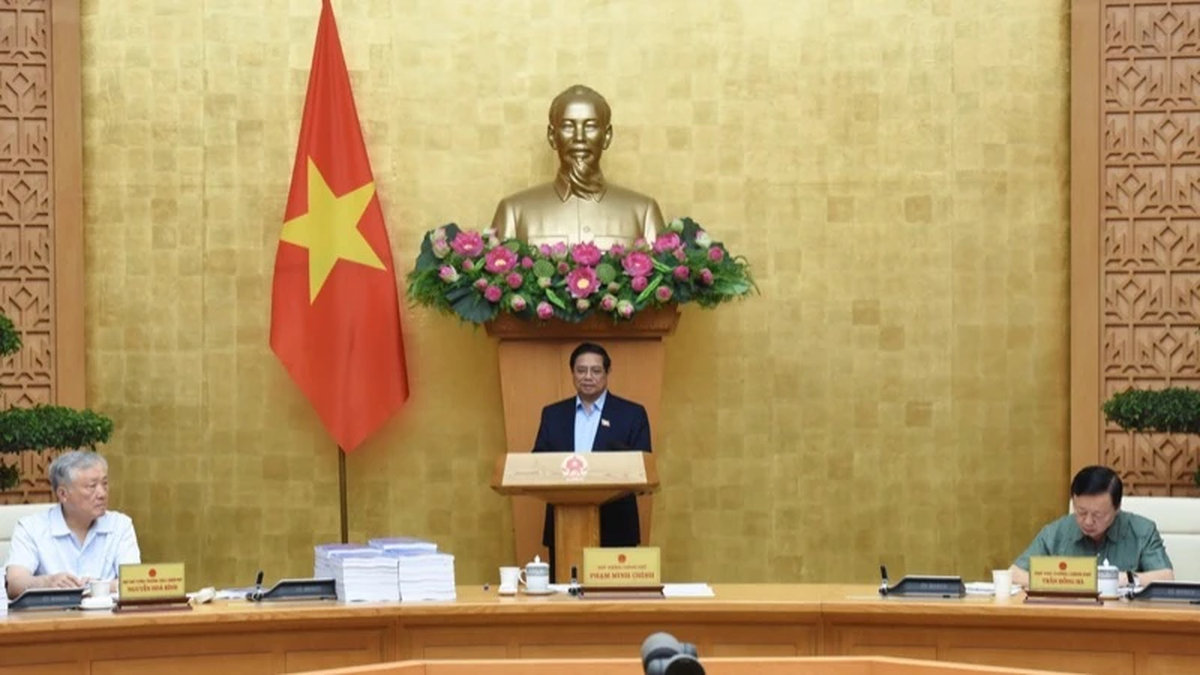



























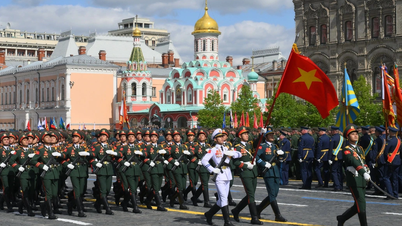
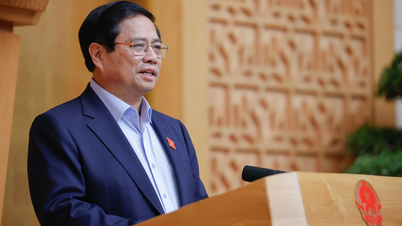
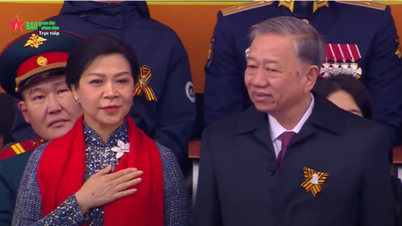


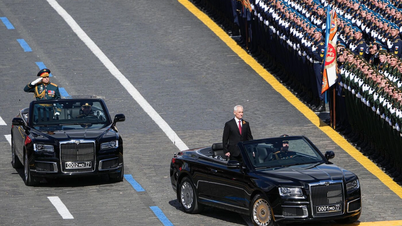





























Comment (0)